At 2 o’clock in the morning, a medium-sized box truck was moving steadily on the Guangzhou Shenzhen Expressway. Mr. Wu in the driver’s seat has heavy eyelids and the steering wheel is slightly offset. Just as the vehicle was about to cross the line, a gentle but firm reminder came from inside: “You have been driving continuously for 4 hours. Please arrange your rest time reasonably to prevent fatigue driving
Master Wu suddenly woke up, gripping the steering wheel tightly. Only then did he realize that he needed to rest, so he quickly stopped at the service area not far ahead.
This timely prompt voice is not a reminder from the co pilot, but an active intervention from the Huolala AI safety prevention and control system.
According to the “2025 Survey Report on the Employment Status of Truck Drivers” released by the China Federation of Logistics and Purchasing, as of 2025, the number of truck drivers in China is about 38 million. Nearly 60% of drivers search for goods through digital freight platforms.
They shuttle through the capillaries of the city, carrying furniture, appliances, building materials, and also carrying the expectations of millions of families. But few people pay attention to whether the group behind the steering wheel is truly “seen”?
The torn between safety and livelihood
Mr. Zhang, who has been a sports car for ten years, recalled the most terrifying order he ever received, when a loyal customer privately asked him to help transport some “daily necessities”.
At that time, a loyal customer brought out a pile of scrap copper, scrap iron, and several rusty metal cans from the warehouse, claiming they were “empty liquefied gas tanks for recycling”. Master Zhang’s heart tightened. He knew that even an empty can could contain residual gas, and encountering an open flame could be a bomb. But he didn’t refuse.
This order is 210 yuan, I don’t necessarily earn that much from a regular moving order, “he gritted his teeth and tied the jar tightly. During transportation, his palms were sweaty and his heart was beating louder than an engine. Fortunately, it was safely delivered in the end.
Mr. Zhang’s experience is a microcosm of the entire group of freight drivers. For most drivers, it’s not that they don’t understand safety, but rather that they lack the confidence to refuse in complex real-world environments.
One is income anxiety. The competition in intra city freight transportation is fierce, with prices ranging from tens to hundreds of yuan per order, and costs such as fuel and insurance have to be deducted. The income level depends on the number of orders received. And the majority of drivers are aged 36-55, with high levels of life pressure.
In the traditional era of freight transportation, it mainly relied on the “acquaintance society”. In order to take more orders, some drivers had a lucky mentality to transport dangerous goods or compress their rest time to deliver goods. At the same time, they were also worried that refusing would damage the relationship between themselves and customers. Actually, we are also very afraid of handling these dangerous goods. But if you refuse an order, the customer will immediately call someone else, and they may never call you again in the future, “Master Zhang smiled bitterly.
Another reason stems from the driver’s’ cognitive blind spot ‘. In the traditional freight era and early freight platforms, although there was a list of prohibited items, there was no technical means to identify them, and there was a lack of scenario based and visual education. For some novice drivers, it was difficult to distinguish them with the naked eye.
The deeper problem lies in the lack of bottom line capability of early freight platforms. Even if drivers discover safety risks, they lack platform support to refuse orders and instead worry about being deducted points for “canceling orders”. Moreover, in the early days, most freight platforms still relied on retrospective safety prevention and control, and only conducted surveillance and video checks after accidents occurred, lacking the ability to intercept them in advance.
The risk is borne by those who are most unable to bear it, which makes drivers have a mentality of not daring to refuse. Therefore, the transportation of dangerous goods, carrying passengers in cargo compartments, and overloading have long existed in the industry but are difficult to eradicate.
Introducing AI has become a breakthrough method for many platform based enterprises in terms of worker safety and security. Taking Huolala as an example, it has increased its investment in security since 2021 and spent four years developing an AI security prevention and control system. According to its recently released AI security prevention and control algorithm, the system can achieve real-time monitoring and data analysis of the operating status of freight vehicles through the use of information technology equipment and artificial intelligence technologies such as image algorithms, voice algorithms, and natural language processing algorithms. If there are situations such as dangerous goods transportation, illegal passenger transportation, fatigue driving, and cargo exceeding limits in the order, intervention measures such as forced cancellation of the order and driver side pop-up reminders will be taken.
Last April, Master Bian received an order in Datong City to transport 1 ton of gasoline. The platform integrates order information, images, and other operational data to identify the goods being transported as dangerous goods and promptly sends pop-up reminders to Mr. Bian. Under the guidance of the platform, Master Bian ultimately cancelled this order.
Stories like Mr. Bian’s are not uncommon in the community of Huolala drivers. For drivers, it is necessary for the platform to monitor, identify, and intervene in real-time throughout the entire process of risks in freight orders in order to ensure that safety measures are implemented before remedial measures are implemented and to provide advance warning, so that they can safely deliver goods and make money in the long run.
The tug of war between accountability and efficiency
The emergence of the Internet freight platform has broken the previous “acquaintance society”. Truck drivers can link to tens of millions of cargo owners through a small app in their mobile phones. In addition to monitoring the safety of people, vehicles and goods in real time through AI, the platform can also play the role of “relationship coordination” between drivers and cargo owners. According to the platform rules of Huolala, drivers can cancel orders for dangerous goods or cargo compartments without responsibility when they receive them. This means that when encountering transportation orders for dangerous goods such as fireworks, firecrackers, gas cylinders, etc., drivers have more confidence in refusing.
But this is only the first step. After establishing the confidence of drivers to cancel orders from the rules, the second issue that needs to be addressed is the efficiency of accountability.
Five years ago in winter, Mr. Zeng from Chengdu received a cross regional transportation order, but when he was about to load it onto the truck, he found that it was a can of kerosene. He immediately decided to cancel the order and submit evidence as required by the platform.
But this evidence is not easy to keep, he has to go around the jar and take close-up shots of the front, side, and top respectively; To open a mobile phone and record a video while taking a picture, verbally stating that the item is a violation; We also need to capture order pages and even on-site location screenshots. The whole process took nearly 15 minutes, when the outdoor temperature was only a few degrees, and Master Zeng’s hands were red from the cold.
This is not a service dispute, there is no damage to the goods, and there is no verbal conflict. Just one voluntary cancellation made Master Zeng feel anxious and uneasy.
In the early stages of the accountability process, even if the illegal order was cancelled, the driver still had to prove that the goods were indeed dangerous and the behavior was indeed illegal, and the process was cumbersome: the driver often needed to take extra photos and videos from different angles to report to the platform, and from the cancellation of the order to the final ruling by the platform, relying solely on manual review often took 3 working days, which was inefficient.
The driver has a high threshold and long cycle for providing evidence Over time, many people prefer to accept orders silently rather than take on the trouble of being held accountable, which further amplifies industry security risks.
To solve this problem, Huolala’s approach is worth learning from. Its technical team has developed an AI accountability system, which uses automatic judgment as a supplement and manual review as the main method to make accountability more efficient and user-friendly. The algorithm will automatically collect various types of data, such as basic order information, order travel trajectory, etc., and extract key information from them, such as reasons for lateness and description of goods status. Combined with platform rules, it will analyze and preliminarily determine the responsibility attribution.
According to Jin Wei, Deputy Director of Operations at Huolala, if the scenario of the order is complex or the driver submits an appeal, the order will be further processed by manual labor for further review and judgment. For orders with clear rules and simple scenarios, AI can make decisions faster than humans, and drivers can know the responsibility results of orders faster, reducing unnecessary concerns. In complex scenarios, AI can provide key information to assist humans in making judgments.
The dual track approach of “machine+manual” accountability not only ensures the efficiency of accountability, but also leaves some room for fault tolerance. In the machine judgment stage, AI can efficiently and comprehensively collect relevant data, objectively and fairly analyze it, provide preliminary judgment results, and set “manual” as the second line of defense for judgment, maximizing the fairness of judgment. For example, in the illegal scenarios of transporting dangerous goods and carrying passengers in cargo compartments mentioned above, after the driver cancels the order, the AI accountability system can directly determine that the driver is not responsible for cancellation based on platform rules, eliminating the driver’s “waiting anxiety”.
The temperature of technology lies in being seen
Even now, some freight platforms still rely on users’ self-awareness and drivers’ responsibility in terms of security measures. The platform lacks pre risk identification capabilities, does not provide identification tools, and does not bear communication costs. Lack of efficiency and transparency in responsibility determination, and drivers generally lack a sense of security.
In the current era where AI is sweeping the freight industry, AI technology is synonymous with efficiency on most platforms, including faster delivery, more accurate forecasting, and lower costs. Algorithms are used to compress empty driving rates, increase order density, etc., all of which point towards a common goal: reducing costs and increasing efficiency.
But AI should not only be a tool for capital efficiency, but also a protective mechanism for workers. When algorithms can not only calculate which car is the fastest, but also determine which order is the most risky; When the system not only cares about whether the user is satisfied, but also about whether the driver is at ease, technology truly possesses humanity.
Huolala AI technology is following this path, focusing on a softer dimension beyond freight efficiency – people. The ‘people’ here include both the millions of drivers who travel on the road every day and the millions of trusted users.
As Mr. Zhang, a Huolala driver who joined the platform in 2019, said, “In the past, it wasn’t that high-tech. Now, for orders like pulling fireworks, gas cylinders, or pulling people, the platform will automatically monitor them for us. If the dangerous goods order is cancelled, we don’t need to take additional video reports from various angles. The platform will directly determine that we are not responsible for cancellation, which is more humane
With the development of Internet freight transport for more than ten years, the core appeal of drivers to the platform is no longer just to “send more orders”, but extends to the most basic and critical two guarantees, namely, reliable security support and efficient and fair accountability mechanism. AI and algorithms should not just stay in cold code lines, but should be transformed into practical values that protect life and maintain fairness in the real world.
For users, AI is also a source of peace of mind. Huolala has enabled the “Security Center” function in the order, extending technical care to the entire service chain. For example, users can share their itinerary with friends and family with just one click, set up emergency contacts, and have functions such as one click alarm, number protection, and high-risk warning for abnormal nighttime stays.
This kind of two-way protection is exactly the concept that Huolala wants to convey, which is “allowing drivers to earn money safely and users to use cars safely”. This may be the watershed of the next stage of competition in the freight industry, not whose orders are faster, but whose drivers feel more secure and confident.
The future freight platform should be a guardian of safety, a fair arbitrator, and a companion of drivers. Only when technology has both speed and temperature can it truly drive the industry towards goodness. (
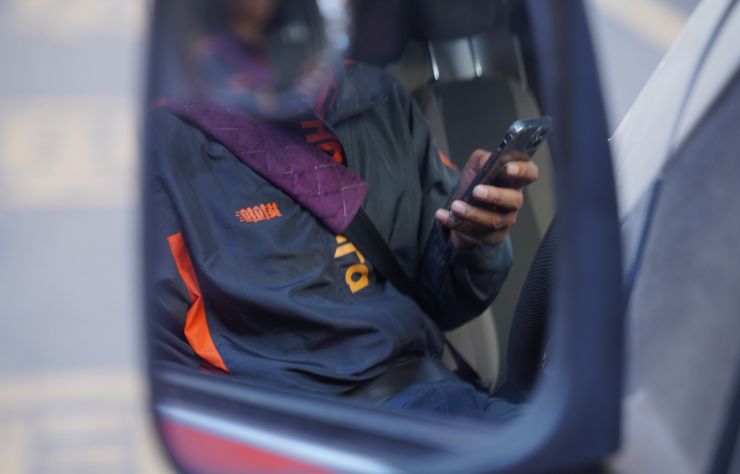







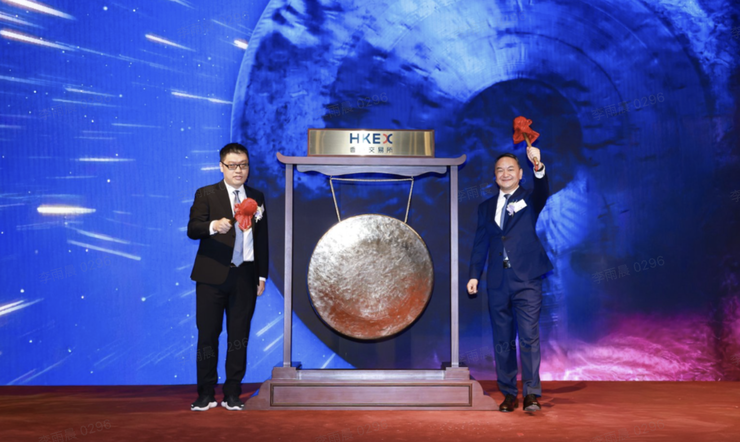

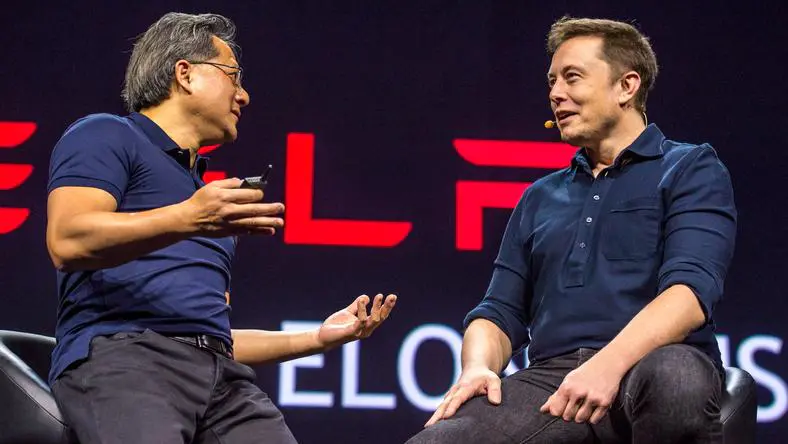
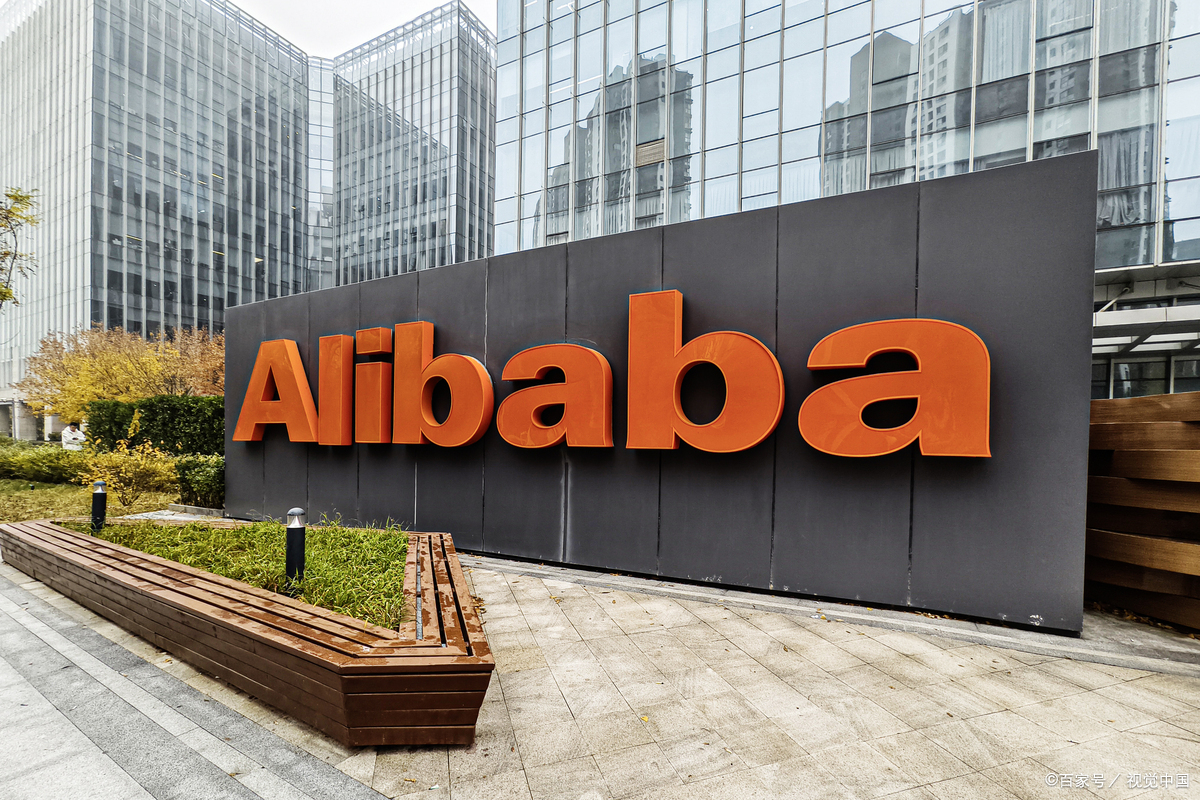




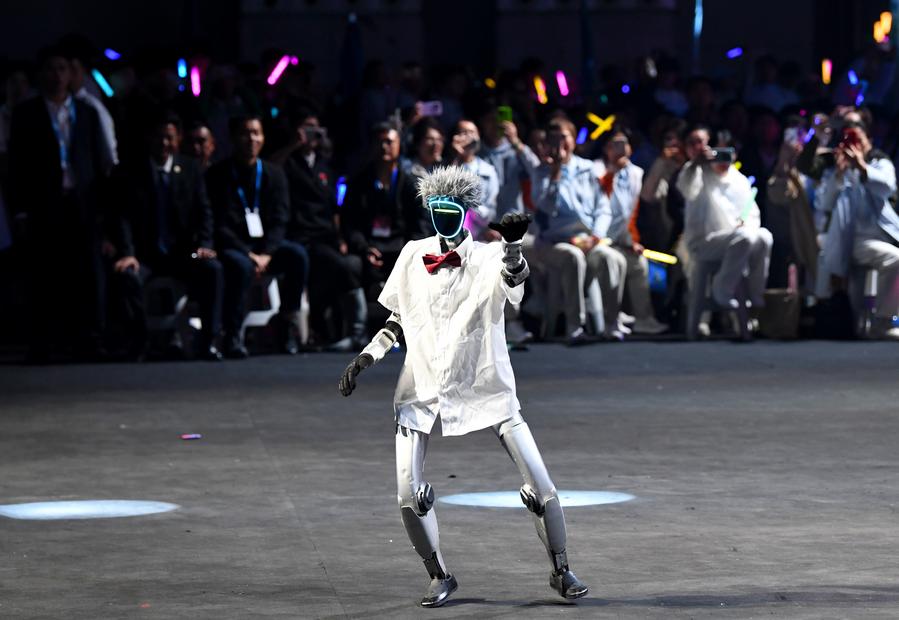
暂无评论内容